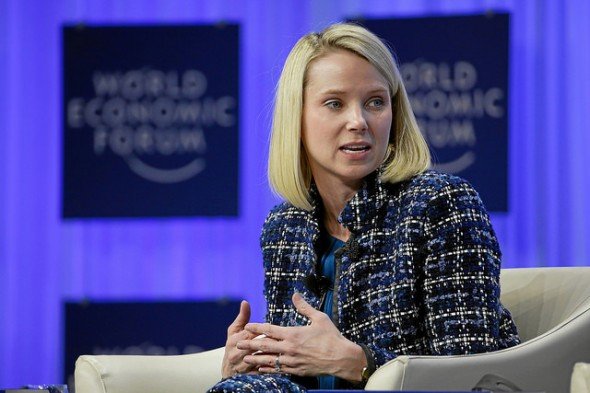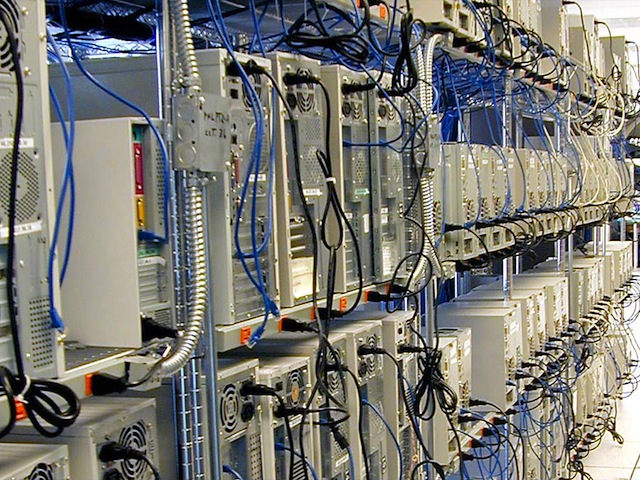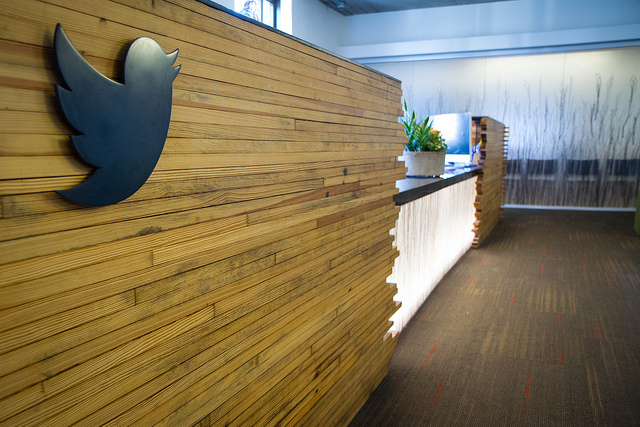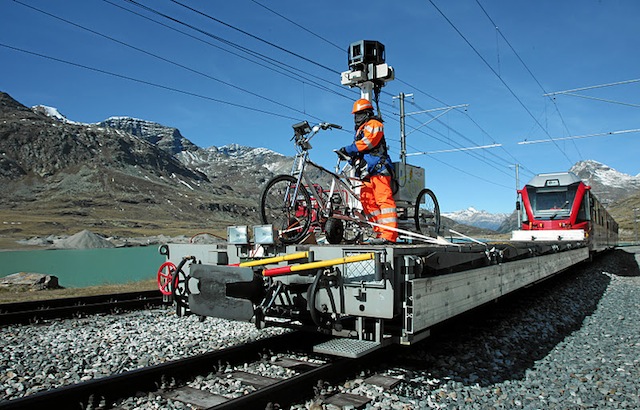“In all my issues at Google, I knew I had no idea what to do, but I knew that I had the best team ever assembled to figure out what to do,” says Google – and now Alphabet – chairman Eric Schmidt in an interview with LinkedIn founder Reid Hoffman.
Schmidt’s interview is a great insight into managing fast growth companies,”almost all small companies are full of energy and no process”. While he reflects on his early days at stricken companies like Sun (“tumultuous and political”) and Novell (“the books were cooked, and people were frauds”).
Moving to Google he found all of his management skills exercised at a company with a unique culture and rapidly growing headcount.
One notable anecdote is how Larry Page kept a 100k cheque from an early investor in his pocket for a month before cashing it.
Compare and contrast that attitude with the current startup mania where by the end of that day a media release would be issued proclaiming the company to be a new unicorn on that valuation.
Schmidt’s view, like many others, is that the real key to success in the company is the people. This echoes the interview with Meltwater’s CEO earlier this week where Jørn Lyseggen described how the key to starting a venture in a new country was the first five people hired.
One great takeaway Schmidt has from his time at Google is how great companies are created through the Minimal Viable Product method, “the way you build great products is small teams with strong leaders who make tradeoffs and work all night to build a product that just barely works.Look at the iPod. Look at the iPhone. No apps. But now it’s 70% of the revenue of the world’s most valuable company.”
Ultimately though Schmidt’s advice is to make decisions quickly, “do things sooner and make fewer mistakes. The question is, what causes me not to make those decisions quickly.”
“Some people are quicker than others, and it’s not clear which actually need to be answered quickly. Hindsight is always that you make the important decisions more quickly.”
Similar posts:



